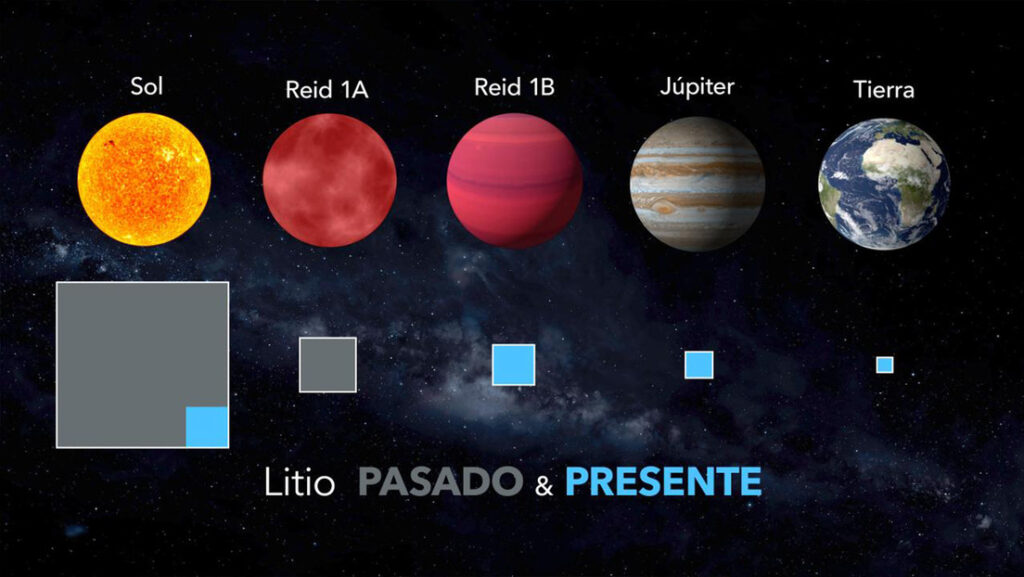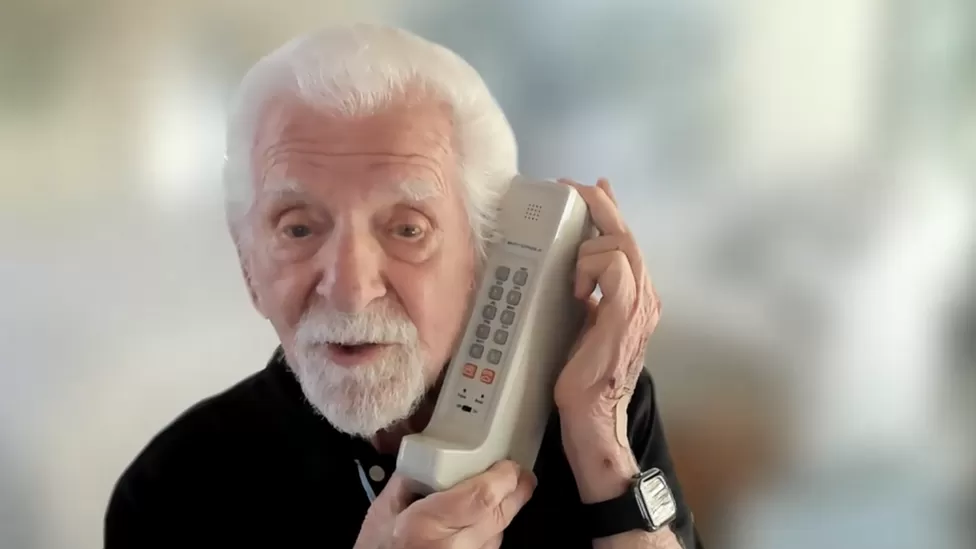
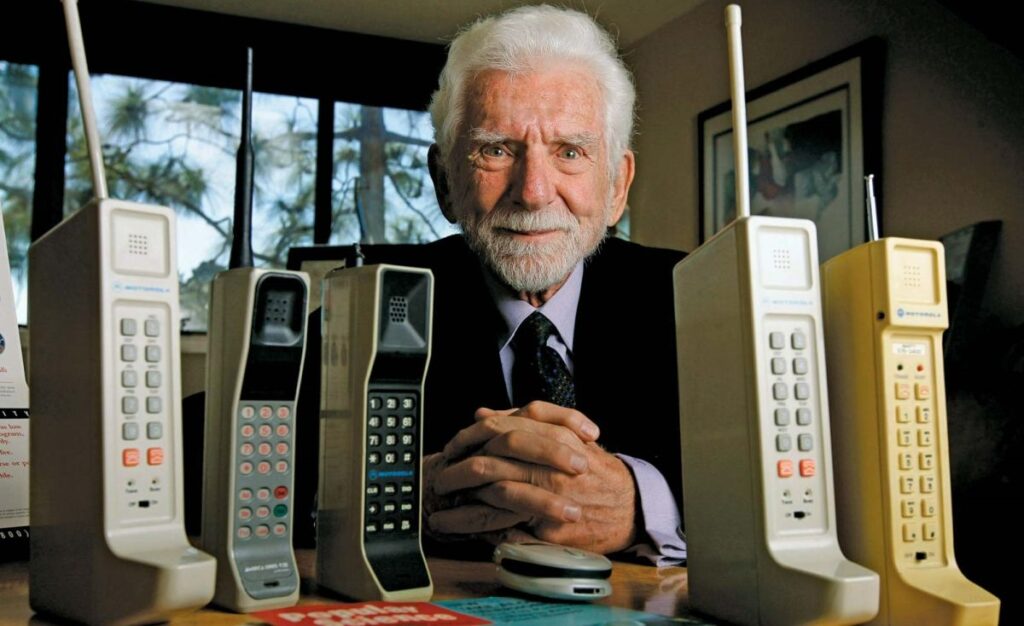
On 3 April 1973, Marty Cooper stood on a corner of Sixth Avenue in New York and took a phone book from his pocket.
He then punched a number into a large, cream-colored device and put it to his ear while passers-by stared at him.
Mr Cooper, an engineer at Motorola, rang his counterpart at rival firm Bell Laboratories, to triumphantly tell him he was calling from “a personal, handheld, portable cell phone”.
He recalls there being silence at the end of the line.
“I think he was gritting his teeth,” says the 94-year-old, laughing.
Bell Laboratories had been focusing on developing a car-based phone instead, he says. “Could you believe that? So we had been trapped in our homes and offices by this copper wire for over 100 years – and now they were going to trap us in our cars!”
Needless to say, Mr. Cooper and Motorola did not agree this was the way forward – and history has proved them right.
The basics of how that first call worked haven’t changed much. The phone converts your voice into an electric signal, which modulates a radio wave. The radio wave goes to a mast; the mast sends your voice to the person you are calling, and by reversing the process, that person can then hear you speak.
Except there weren’t really many masts back then… But you get the idea.
Today’s mobile phones, however, are unrecognizable when compared with that early Motorola model.
The commercial version of Marty Cooper’s prototype, the Motorola Dynatac 8000X, was released 11 years after that first call, in 1984. It would cost the equivalent of £9,500 ($11,700) if bought today, says Ben Wood, who runs the mobile phone museum.
“Basically, it just dialed the number and make the call,” Mr. Wood explains.
“There was no messaging, no camera. Thirty minutes of talk-time, 10 hours to charge the battery, about 12 hours of standby time, and a 6in (15cm) antenna on the top.”
It also weighed 790g (1.7lb) – nearly four times the weight of the iPhone 14, at 172g.
However, Mr. Cooper remains unimpressed with the design of the handsets of 2023 – although he concedes he never predicted phones would one day be handheld “supercomputers”, with cameras and internet access.
“I think today’s phone is suboptimal. It’s really not a very good phone in many respects,” he says.
“Just think about it. You take a piece of plastic and glass that’s flat – and you put it against the curve of your head; you hold your hand in an uncomfortable position; when you want to do these wonderful things that it can do, you have to get an app [first]. “
He believes, in the future, artificial intelligence will either create or select, phone owners’ apps for them, depending on their individual needs.
He also believes one day the device will monitor our health, maximize our productivity and improve our lives immeasurably.
At one point he even suggests they might help eliminate wars.
“The cell phone is not going to do it by itself,” he admits. “But it will be the central part of this great future.”
Despite his complaints about its modern counterparts, it seems, secretly, Mr. Cooper remains enthralled by the device he first held to his ear on that New York street corner 50 years ago.
“We are still at the very beginning of the cell phone revolution,” he declares.
Recent Posts
- Astronomers detect first direct image of black hole expelling a powerful jet
- WhatsApp rolling out ‘reply with message’ feature within call notifications
- Multi-Device Pairing May Be Arriving for Apple Watch this Year
- Artificial Intelligence Discovers Hidden Giant, a Planet 5 Times Larger Than Jupiter
- Google CEO Sundar Pichai Talks Bard & The Future Of Search
Recent Comments
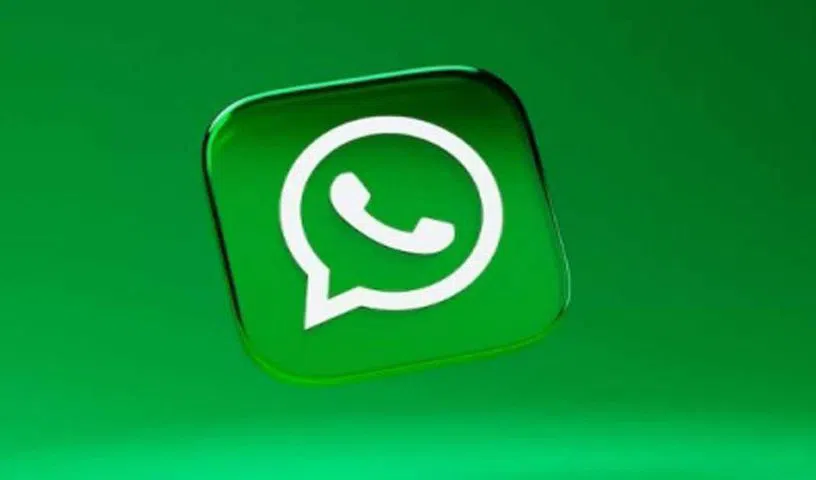
WhatsApp rolling out ‘reply with message’ feature within call notifications
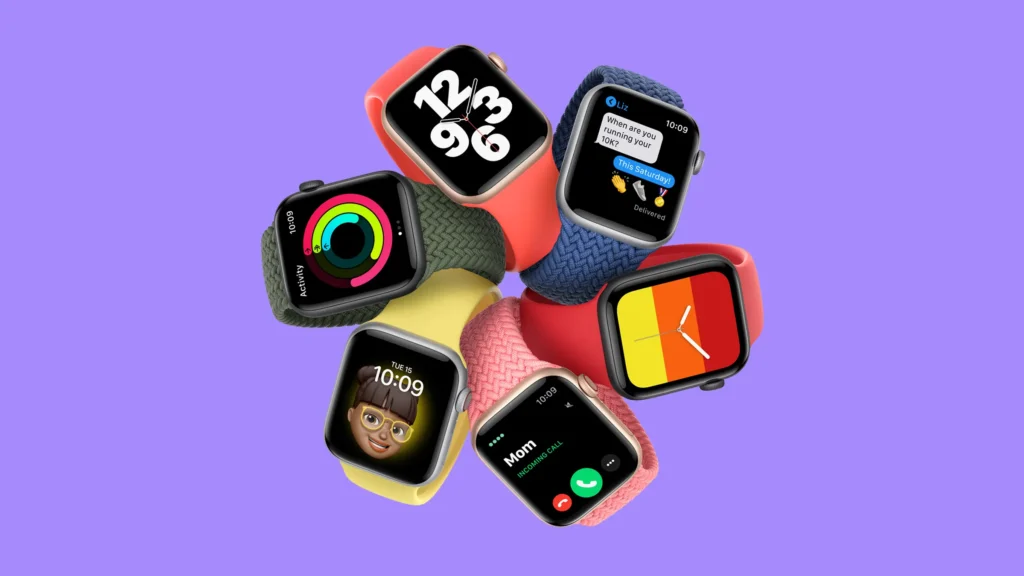
Multi-Device Pairing May Be Arriving for Apple Watch this Year
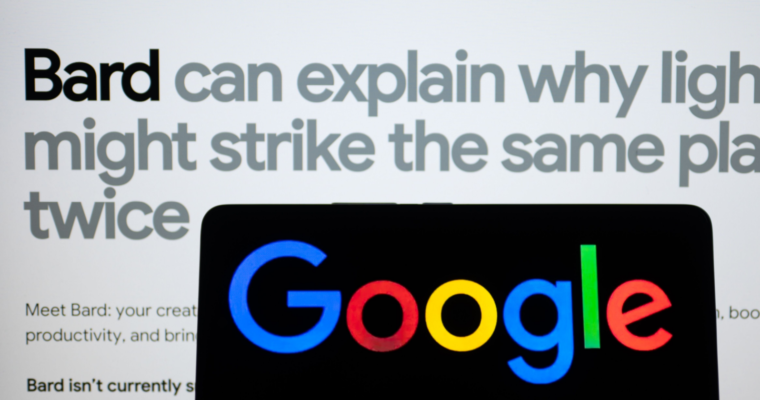
Google CEO Sundar Pichai Talks Bard & The Future Of Search
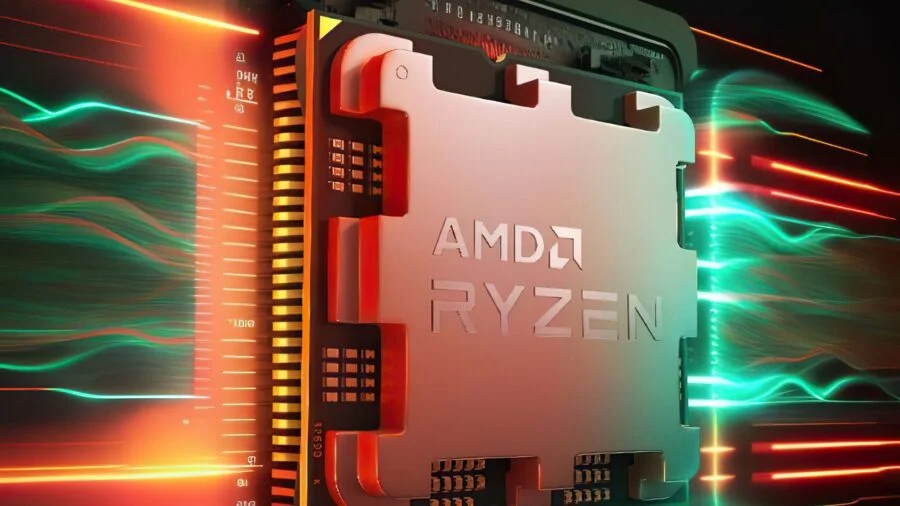
AMD assures that Ryzen 7 7800X3D is only slightly behind Ryzen 9 7950X3D in games

Astronomers detect first direct image of black hole expelling a powerful jet

WhatsApp rolling out ‘reply with message’ feature within call notifications

Multi-Device Pairing May Be Arriving for Apple Watch this Year
